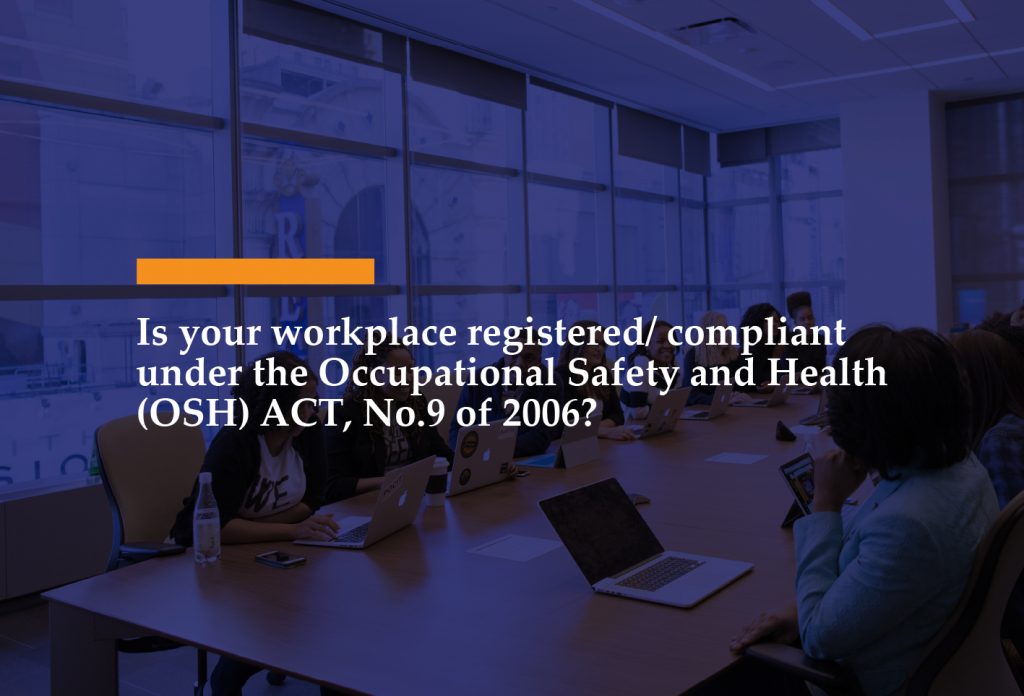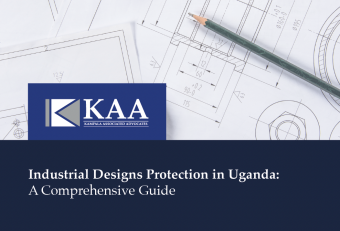There are various laws in Uganda that seek to regulate the workplace so as to ensure the safety of the working environment and the people therein. One of such laws is the Occupational Safety & Health Act. This article focuses on a few compliance issues emanating from the aforementioned law.
Certificate of Registration
The Occupational Safety and Health (OSH) Act, imposes an obligation on all persons who intend to occupy or use any premises as a workplace, to register the relevant workplaces with the Commissioner for Occupational Safety and Health at the Ministry of Gender, Labour and Social Development.
After making the Application, the work place may be inspected and the application assessed after which, the Applicant is given a certificate of workplace registration, an Incident Register, Occupational Safety and Health Inspection Checklist, and a short guide to the Occupational Safety and Health (OSH) ACT, NO9, 2006, all from The Ministry of Gender, Labour and Social Development (MGLSD). The certificate of registration is renewable every three (3) years
Construction on workplaces to be approved by Commissioner
It is also mandatory for all building plans and any architectural drawings of a new workplace and of any alterations of an existing workplace to be submitted to the Commissioner for approval, before the construction of buildings or alterations of existing buildings of workplaces begins.
Why is registration/ compliance necessary?
It is indeed cliché that “ignorance of the law is no excuse”. It is important for employers to know that; it is an offense, for any person to occupy or use any premises as a workplace without first having been issued with a certificate of registration of the work place. It is therefore incumbent on employers or management to ensure workplace registration for compliance purposes.
Secondly, workplace registration is increasingly becoming a key requirement for purposes of bidding and procurement in both the public and private sectors. This requirement will increasingly become necessary in the nascent oil and sector, as activities begin to increase. Compliance in this regard, will help boost one’s bidding opportunities.
Thirdly, for all property developers engaged in either the construction or alteration of workplaces, approval of architectural drawings will help minimise risks of adverse compliance audits by the Commissioner for Occupational Safety and Health, if there is a prior development approval.
Caveat
The contents of this article are intended to convey general information only and not to provide legal advice or opinions. An advocate/ attorney should be contacted for advice on specific factual legal issues.




